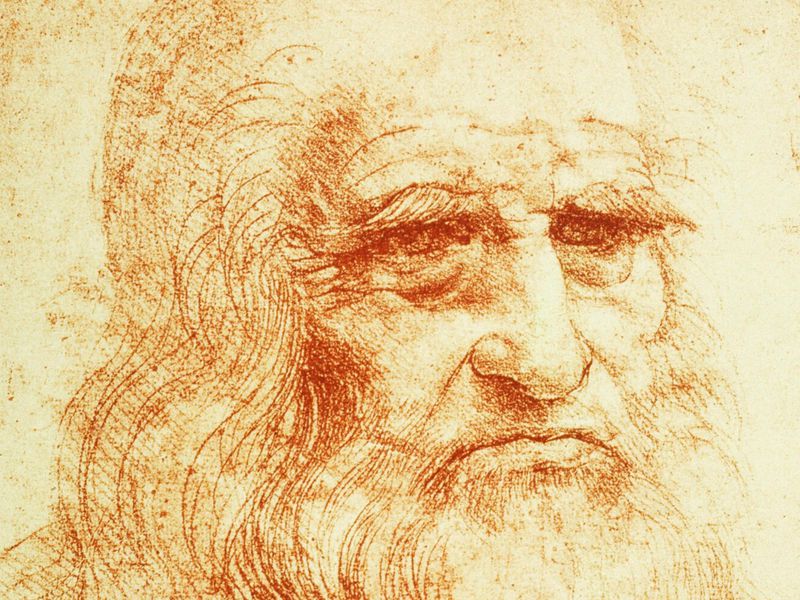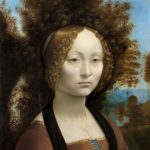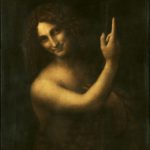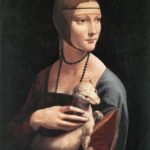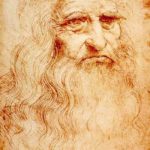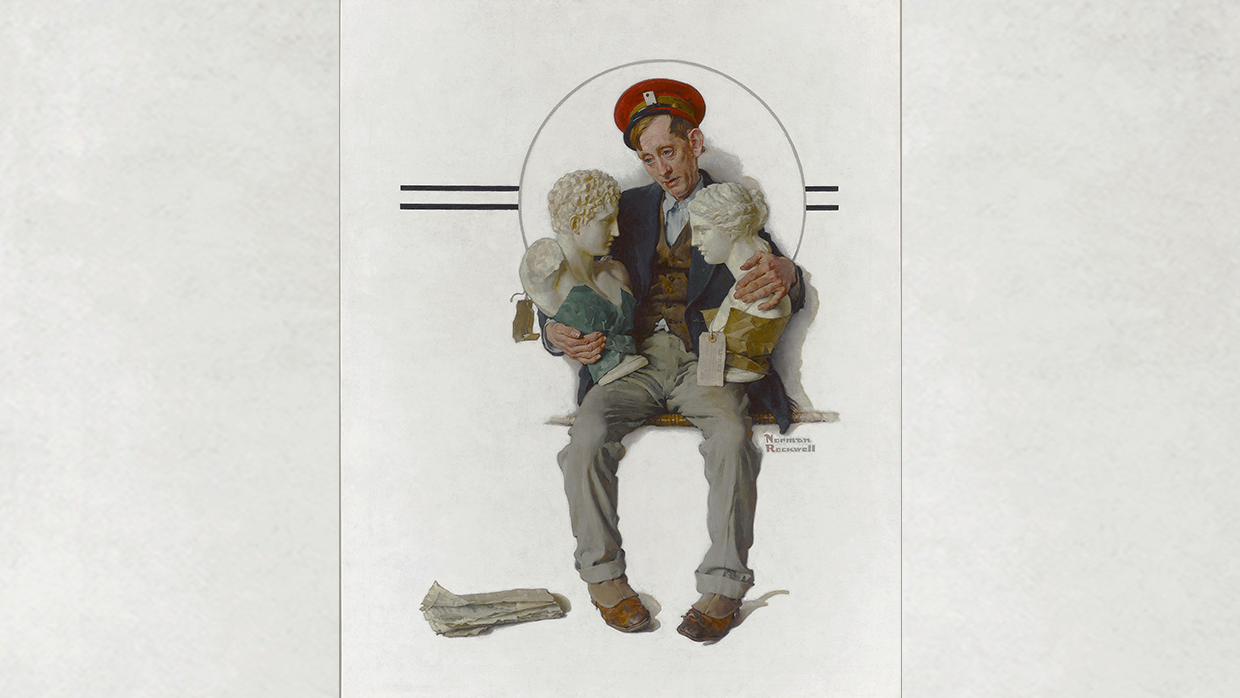“Painting is poetry that is seen rather than felt, and poetry is painting that is felt rather than seen.” – Leonardo da Vinci
There is hardly a soul today who is unfamiliar with the most prominent personality of all times, Leonardo da Vinci. While many hail him as an illustrious painter, a few know that he was an accomplished mathematician, fine engineer, creative architect, and a remarkable musician as well. Born on 15 April 1452 near Vinci in Italy, Leonardo’s father was an eminent landlord while his mother belonged to a family of peasants. Despite the fact that his parents were not married, he enjoyed the perks of his father’s family estate and studied under his mentorship. Even as a young boy, Leonardo was a diligent student. He studied and learned mathematics, reading and writing with great tenacity. It was at the age of fourteen when there was a remarkable shift in his interests and he became an apprentice to Andrea del Verrocchio, one of the most lauded sculptors of that era. Under Verrocchio’s guidance and tutelage, Vinci developed a strong penchant for art and sculpture. As Verrocchio had a strong influence in the community of painters and sculptors, many prominent artists such as Pietro Perugino and Sandro Botticelli were his close friends. Therefore, the young Vinci was lucky enough to meet all of them while working with his mentor.
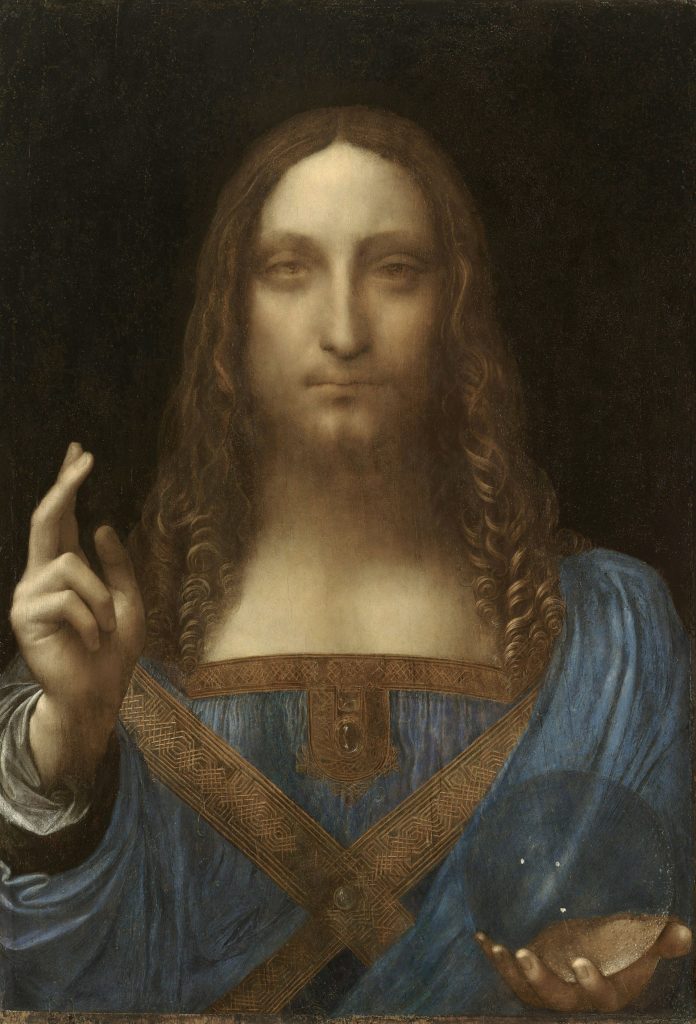
Da Vinci was a conscientious student since day one. During the years Vinci remained with Verrocchio, he acquired a myriad of skills. He meticulously observed others who worked in the studio and learned their techniques and mechanics. Therefore, Vinci did not only learn the art of painting, drawing, and sculpting but also picked up multiple concepts regarding metallurgy, architecture, and chemistry. It was due to his multi-faceted training that Vinci became a member of the Painters’ Guild of Florence in 1472. However, he chose to stay with his teacher for five more years and during that time he worked prolifically and also painted side by side with Verrocchio.
Da Vinci’s Artistic Legacy
The era of Vinci’s artistic legacy began when he started focusing on setting up his own studio. From notable portraits to technical designs, his work encompassed everything. In the early years, Vinci designed a myriad of military weapons, mechanical equipment, and even pumps. His quest for analyzing the human anatomy started during the middle years and continued until the end. Even as a young artist, Vinci gained prominence in a very short span and created a number of artistic portraits like Adoration of the Magi, Madonna of the Carnation, Benois Madonna and many more. During the same time, he also received a delegation from the Florence church who wanted him to paint Adoration of the Magi which they wanted to use as an altarpiece. Later, Vinci received an invitation from the Duke of Milan to be his court artist. During his stay in Milan, Leonardo da Vinci made a number of paintings and designs for the Duke. The famous six-foot altarpiece Madonna of the Rocks was also painted by Vinci during this period.
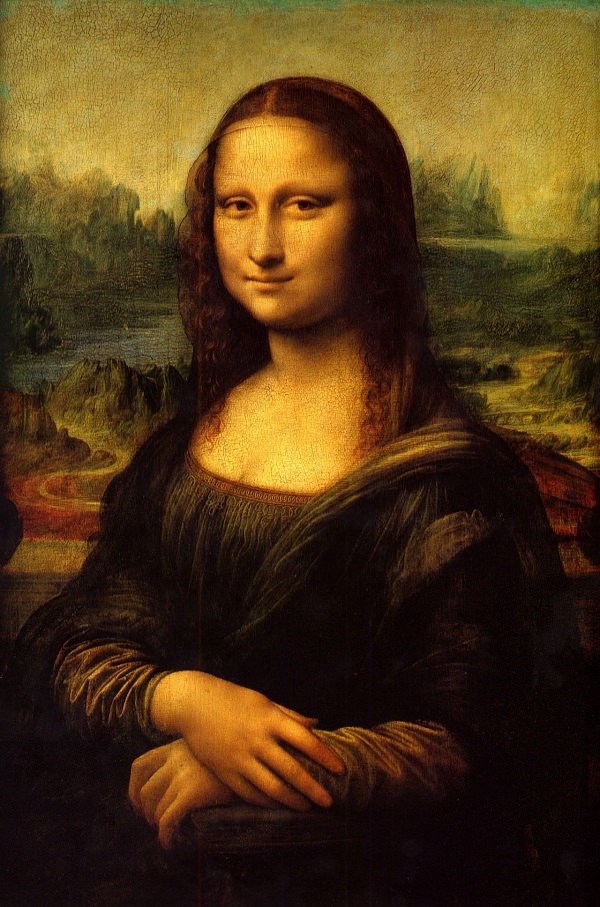
After Milan was invaded by the French, Vinci decided to come back to Florence in early 1500. This marked the final period of his life. He was warmly welcomed by his old fellows and aspiring artists who greatly admired Vinci and his works. A large number of paintings were completed during this period. He started working on the famous Mona Lisa when Francesco del Giocondo asked him to create a painting of his wife.
Vinci also received a commission to paint a mural in Palazzo Vecchio. He started painting the famous Anghiari battle scene and used his magic to portray the entire battle, horses and armed men. However, the mural could not be completed. Vinci also painted another version of his famous painting Virgin of the Rocks which was later put up in the church of San Francesco Maggiore. The painting is known for its details and eye-catching color scheme.
In about 1506, Leonardo da Vinci returned back to Milan and stayed there for seven years. While he dwelled there, he focused on botany, weaponry and human anatomy. Vinci was deeply fascinated by the working principles of many objects and wanted to fundamentally understand them. His sketches and drawings greatly depict his interest. In 1513, Vinci traveled to Rome and stayed there for some time.
When King Francis I started his reign in France, he appointed Vinci as his chief artist and architect. Vinci resided near the court and spent the final years of his life there. Many believe that Vinci painted the famous St. John the Baptist in France and it was his last masterpiece. On 2 May 1519, the Italian painter took his last breaths and passed away at the age of 67. He was mourned by the King, his followers and his students all over France. Vinci is buried in France at the Chapel of Saint-Hubert. Although many of his finest paintings and murals have not been able to survive, there are many which are present and still leave artists in awe. His famous paintings The Last Supper and the Mona Lisa have captivated the hearts of many. Moreover, Vinci left his legacy and his techniques have been incorporated by many influential artists and painters who came after him. His signature smoky effect technique called sfumato was later used by a large percentage of painters.
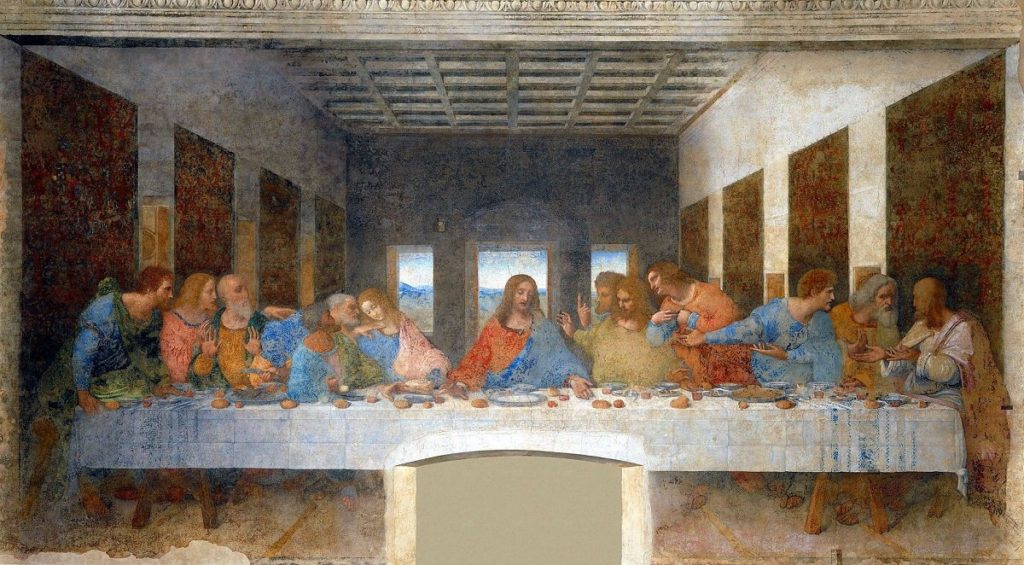
Conclusively, Leonardo da Vinci’s impact in the field of art is not only powerful but terrific. Despite the fact that most of his work deteriorated, he is still lauded as one of the greatest painters, artists, and architects of all times. His approach was multi-dimensional. While focusing on a plethora of diverse fields in one lifetime, he used his intelligence and knowledge to educate the world about a number of topics.
Some of Leonardo Da Vinci’s Famous Paintings
